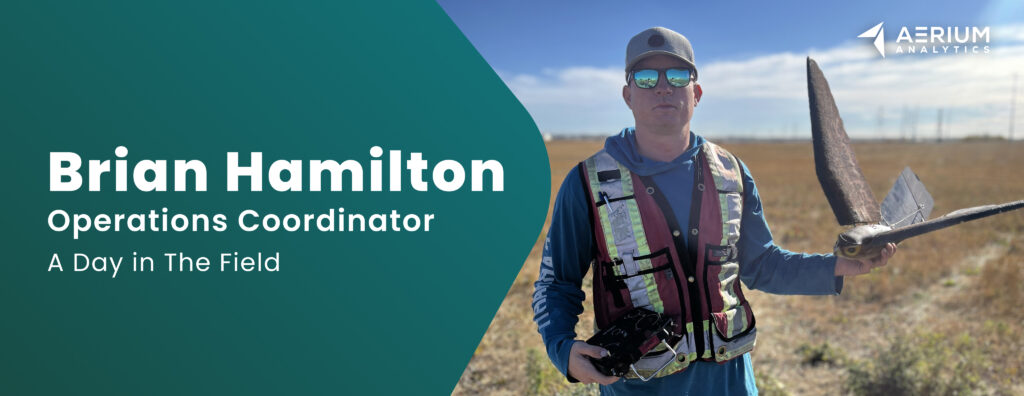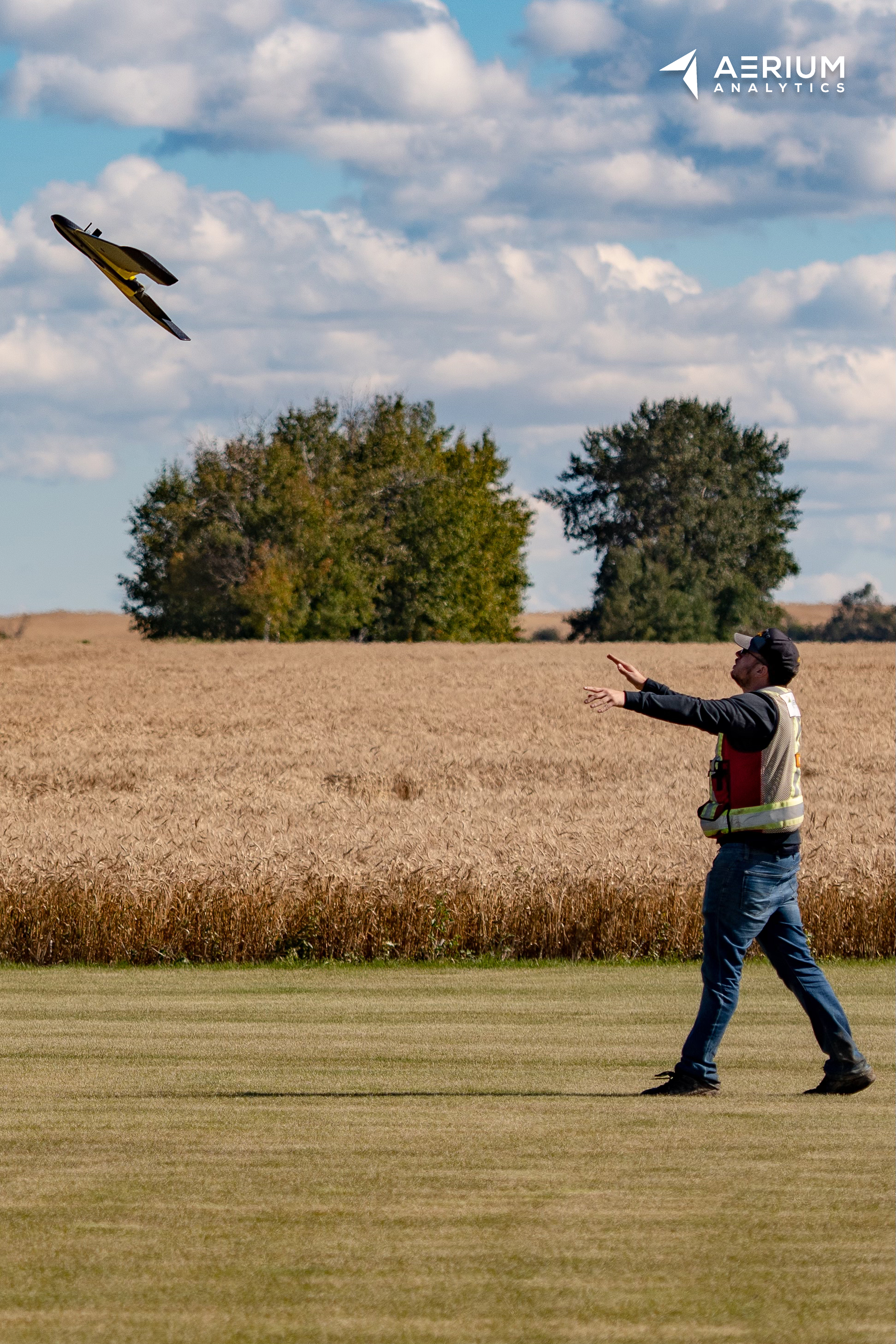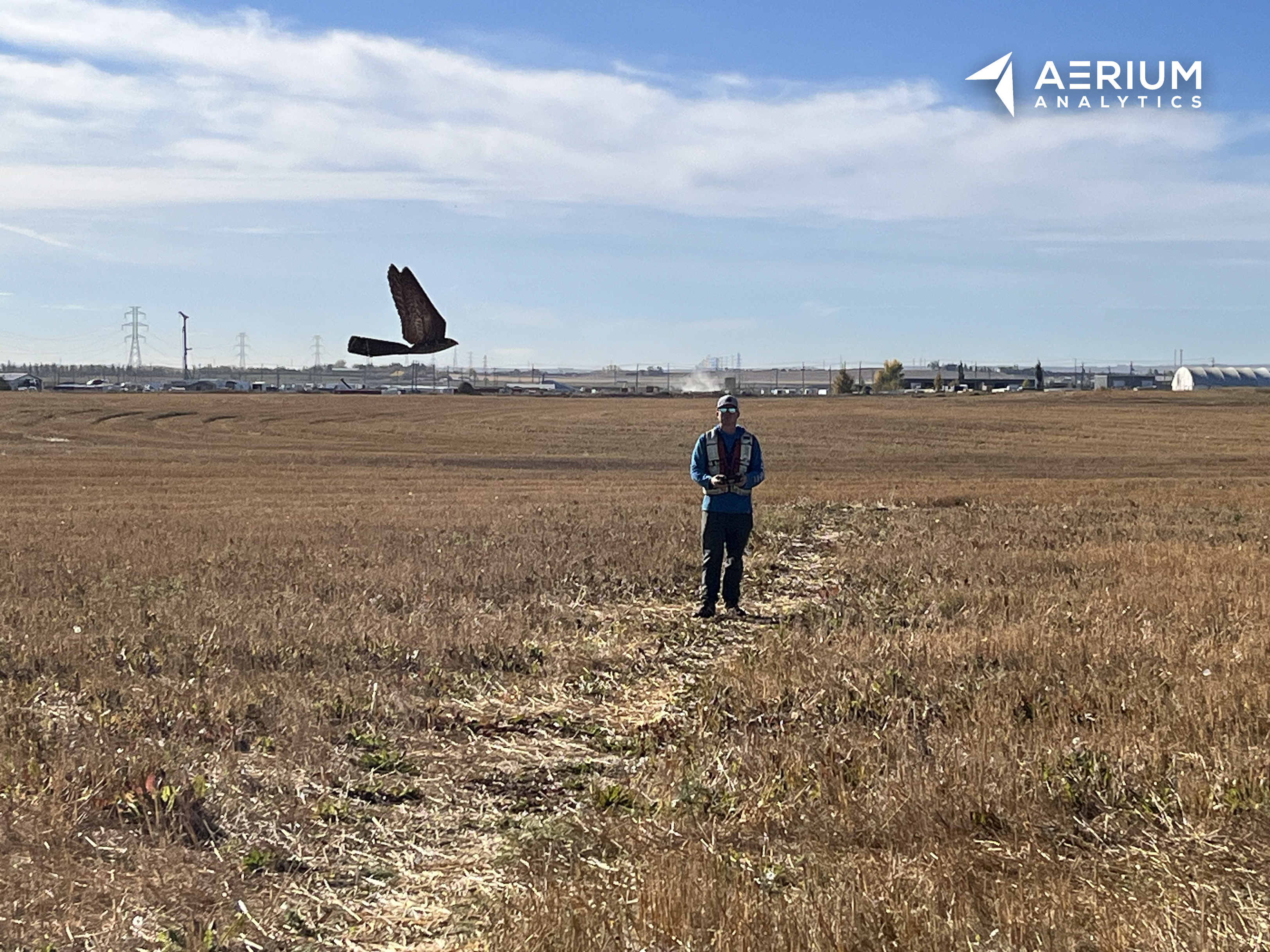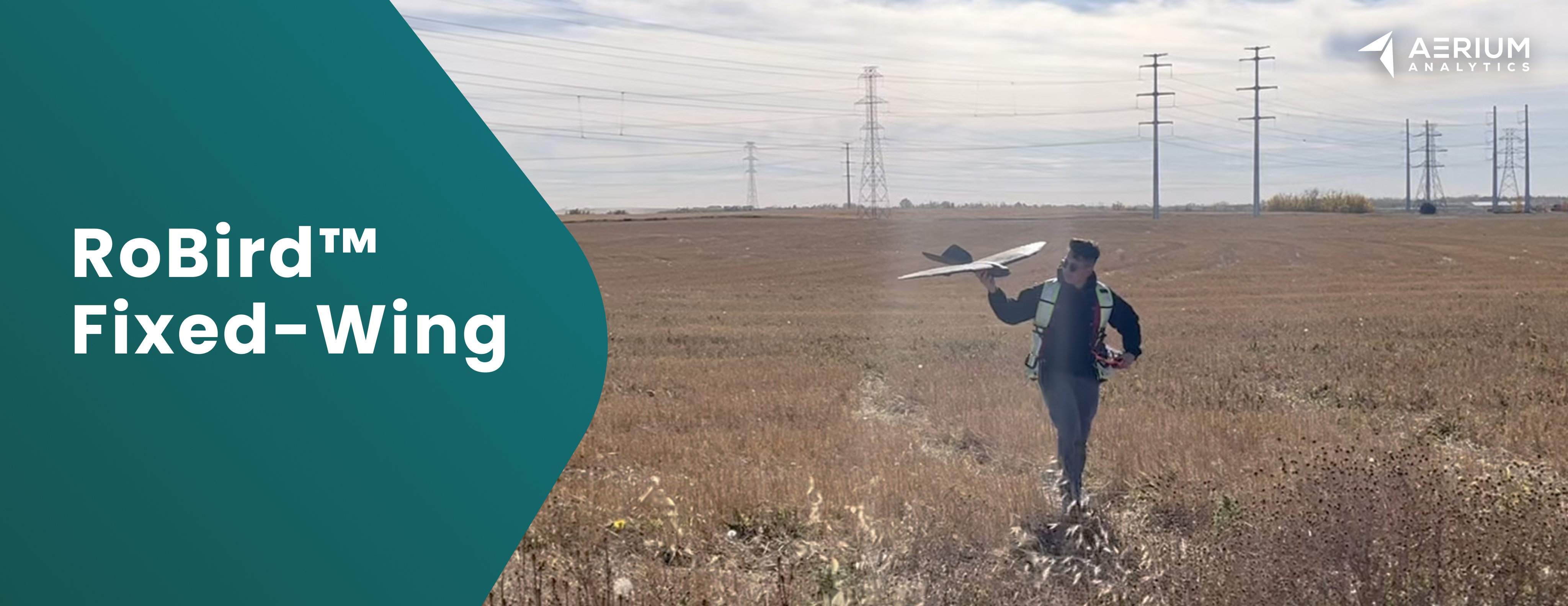
A Day in The Field: Brian Hamilton
UAV operations in the energy sector require more than just good piloting, they demand planning, adaptability, and field-tested experience. At AERIUM, Brian Hamilton plays a central role in making sure those operations succeed.
“No two days are the same.”
That’s how Brian describes his role, and it shows in the diversity of work he handles: drafting proposals, coordinating with clients, reporting project results, overseeing equipment servicing, and supporting teams in the field with troubleshooting and planning.
On project days, Brian prepares detailed operations documents outlining safety procedures, technical flight plans, and site conditions. These are shared with AERIUM staff, clients, and regulatory authorities like NAV Canada to keep everyone aligned.
Tools of the Trade: Drones and Payloads

In the energy industry, Brian typically works with the DJI M350 drone platform. For mapping and inspections, it’s reliable and well-suited to industrial sites. For airport projects, he uses payloads like the Zenmuse P1 or the L2 LiDAR system. And when wildlife work is involved, the team may fly the M300, M350, or M30T, depending on the conditions.
He also works with RoBird™, AERIUM’s patented drone-based bird deterrent. For wildlife-sensitive environments, tailings ponds, or reclamation zones where avian activity poses a risk to operations, RoBird™ offers a non-lethal, ecologically responsible alternative. It mimics the flight of a peregrine falcon to safely disperse problem birds from critical infrastructure.
Navigating Alberta’s Oil Sands and Energy Sites
What makes UAV operations in the energy sector unique? For Brian, it comes down to constantly changing terrain.
“In a tailings pond, you might spend two weeks on, two weeks off. And when you return, the whole site could be different, access roads, haul truck locations, even your launch point,”
he explains.
While many energy clients share similar safety rules, each site has distinct challenges. That’s why situational awareness and daily hazard assessments are key. Brian’s priority is always operational safety, especially in dynamic environments like mines and processing facilities.
How We Approach Energy Projects
“We don’t overpromise. We listen first, tell them what’s possible and what’s not. Then we deliver.”
Our work is built on experience, a commitment to safety, and technical expertise.

Field Highlights for Brian
Brian’s most memorable projects include:
- Calgary International Airport — Where he led planning and field operations for a multi-day drone data collection project across all paved surfaces at the airport. “It’s not every day you fly drones so close to live aircraft,”
- Antigua Airport — A standout international deployment, combining UAV logistics with tropical heat, tight windows, and precision data requirements. “It showed me how our team can perform anywhere,”
For Brian, flying drones it’s just one part of the work.
“It’s more about planning, adapting, and knowing how to make it all come together when it matters.” – Brian Hamilton, Operations Coordinator at AERIUM Analytics.
Brian’s work is a reminder that behind every successful flight and dataset, there’s planning, precision, and a team that makes it all happen.
This story is part of our “One Day in the Field” series, a closer look at the people behind AERIUM’s technology and the expertise that drives every project from concept to completion.
Follow AERIUM Analytics on Linkedln to keep up with the latest stories from the field and the people shaping the future of drone operations.
You can also Explore AERIUM’s Competitive Advantage Here!

